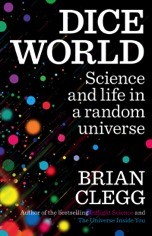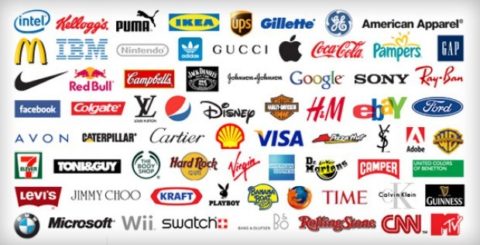Mumpreneurs? To Americans, I assume the word is mompreneurs and to English northerners mampreneurs. Either way, the phenomenon of entrepreneur mothers is nothing new. It’s certainly not something that emerged during the web 2.0 explosion when mothers running small businesses and looking after growing kids were keen to market themselves on Twitter, Facebook and in blogs using a homely and wholesome sounding word, that doesn’t quite trip off the tongue.
What does seem to be new, in business research at least, is a recognition that mumpreneurship is a very important component of the wider economy, locally, nationally and perhaps even internationally in the age of digital commodities and the maker ethos. Katia Richomme-Huet of Euromed Management in Marseilles, France, and colleagues there and at the University of Evry Val d’Essonne, define mumpreneurship as “the creation of a new business venture by a woman who identifies as both a mother and a business woman, is motivated primarily by achieving work-life balance, and picks an opportunity linked to the particular experience of having children.”
Writing in a forthcoming issue of the International Journal of Entrepreneurship and Small Business, the researchers describe how they have investigated the business research literature for this phenomenon and demonstrated that it certainly exists as a unique and discrete area of commerce. They have also interviewed business women who regard themselves as being within this sector and confirmed the definition in terms of identity, motivation and opportunity recognition.
Intriguingly, the team has found through their quantitative and qualitative analyses, that mumpreneurs tend to be older than the average age of entrepreneurs and have generally been educated to a lower level. The common perception is that entrepreneurs are often young graduates, often establishing start-ups straight out of business school, or in the science and technology spinning out as owner-researchers from their lab work, for instance. This, the team suggests, implies that mumpreneurship is for some a necessity at least in relation to income and work-life balance. However, they also found that those leading the movement, if it is indeed a movement, the “star mumpreneur”, do tend to be highly educated, younger mothers.
The team says that their research provides a research grounding for the concept of mumpreneurship both theoretically and empirically. “While mothers setting up businesses, so as to combine their sometimes two conflicting roles, do by no means constitute a new phenomenon, proclaiming herself a mumpreneur is a strong affirmative action in terms of her identity and potential – at least dual – role in society,” the team says. They conclude that companies and policymakers should become fully aware of the growth of this movement and how it affects the career choices of women who take a career break in order start a family and how they subsequently fit into the labour and business markets given the common urge to push for an acceptable, work-life balance.
![]() “Mumpreneurship: a new concept for an old phenomenon?” in Int. J. Entrepreneurship and Small Business, 2013, 19, 251-275
“Mumpreneurship: a new concept for an old phenomenon?” in Int. J. Entrepreneurship and Small Business, 2013, 19, 251-275
I was going to try and shoehorn a Mumford & Sons pun into the title…but thought better of it…
 Brian Clegg – Dice World: Science and Life in a Random Universe. For centuries scientists believed that the universe was a vast machine – with enough detail, you could predict exactly what would happen. Admittedly real life wasn’t like that. But only, they argued, because we didn’t have enough data to be certain. Then the cracks began to appear. It proved impossible to predict exactly how three planets orbiting each other would move. Meteorologists discovered that the weather was truly chaotic. The final nail in the coffin was quantum theory, showing that everything in the universe has probability at its heart. Welcome to Brian Clegg’s Dice World.
Brian Clegg – Dice World: Science and Life in a Random Universe. For centuries scientists believed that the universe was a vast machine – with enough detail, you could predict exactly what would happen. Admittedly real life wasn’t like that. But only, they argued, because we didn’t have enough data to be certain. Then the cracks began to appear. It proved impossible to predict exactly how three planets orbiting each other would move. Meteorologists discovered that the weather was truly chaotic. The final nail in the coffin was quantum theory, showing that everything in the universe has probability at its heart. Welcome to Brian Clegg’s Dice World. Film director Baz Luhrmann made a spoof graduation speech famous with his hit “Everybody’s Free (To Wear Sunscreen)” back in 1999. At the time, I wasn’t particularly worried about the line in that track: “Be kind to your knees, you’ll miss them when they’re gone.” But, you get older, knees become more of a focus, so what are you to do if you suffer from osteoarthritis of the knee (thankfully, I don’t…yet).
Film director Baz Luhrmann made a spoof graduation speech famous with his hit “Everybody’s Free (To Wear Sunscreen)” back in 1999. At the time, I wasn’t particularly worried about the line in that track: “Be kind to your knees, you’ll miss them when they’re gone.” But, you get older, knees become more of a focus, so what are you to do if you suffer from osteoarthritis of the knee (thankfully, I don’t…yet).
